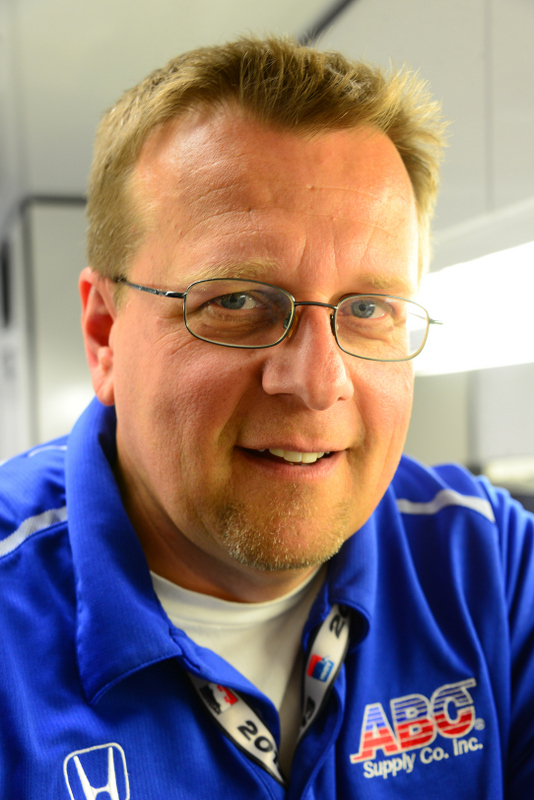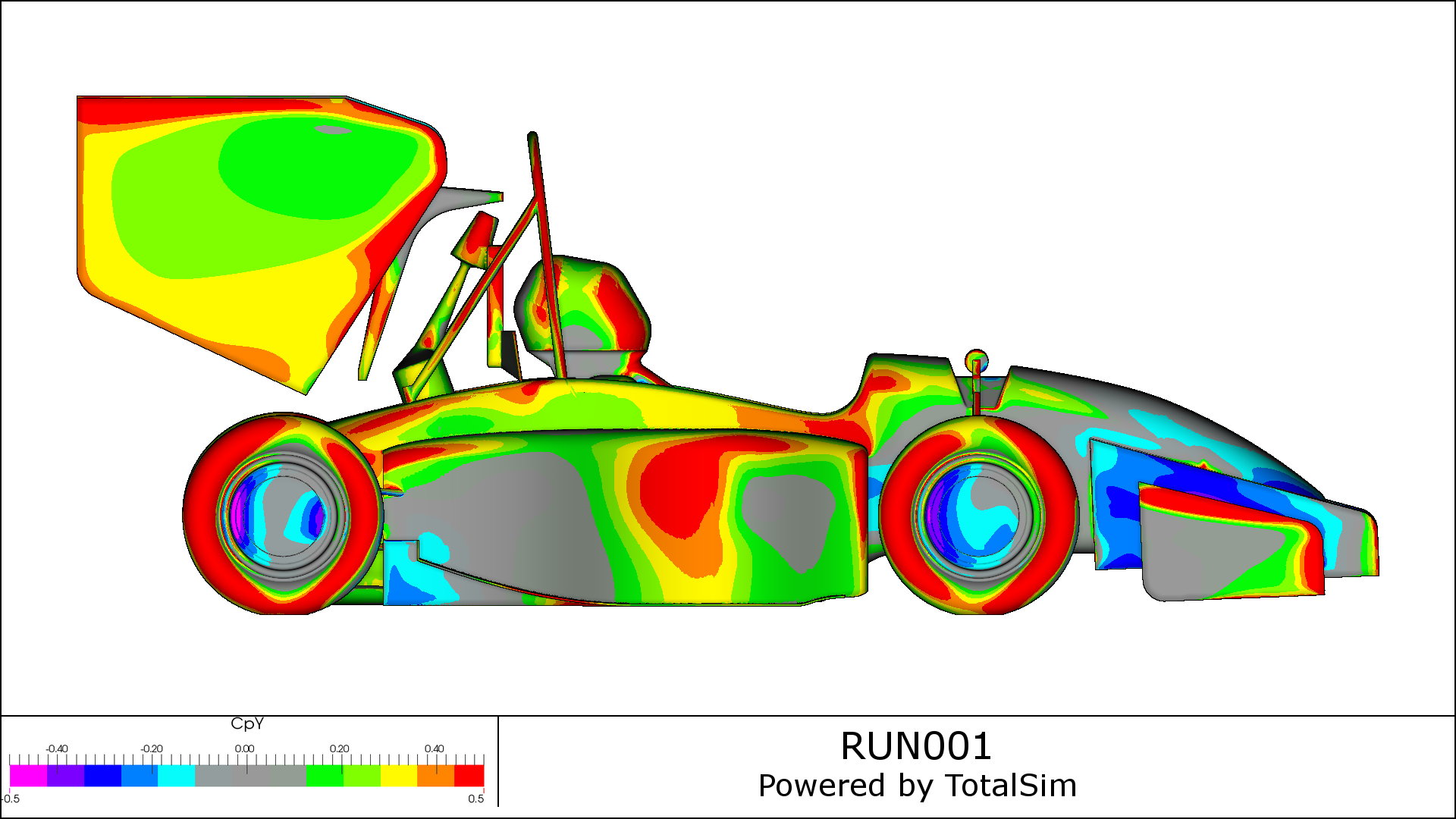During his 20-plus years in the high-stakes world of auto racing, Ray Leto rarely had time to offer much help to students interested in the engineering side of race teams.
When he became the president of TotalSim USA, Leto had a bit more time to mentor and advise students. One of the ways he’s done that is by helping students help themselves with the FSAE app.

In late 2015, TotalSim USA – an engineering services provider in Dublin, Ohio and AweSim partner – developed a computational fluid dynamics (CFD) app that allows college students on Formula SAE (Society of Automotive Engineers) teams to perform aerodynamics simulations on the Ohio Supercomputer Center and get wind tunnel-like data for development of their race cars.
“The idea with this whole AweSim app eco-structure is to get modeling and simulation in the hands of people who normally couldn’t afford it, or didn’t have the time to become an expert,” Leto said. “There’s another avenue you can go down to get information, and this app is a great example of that.”
Formula SAE is a competition amongst student-run college teams in which a fictional manufacturing company has contracted a design team to develop a small Formula-style race car. The teams design, build and test a prototype based on a series of rules aimed at promoting safety and problem solving.
The app itself meshes geometry, configures solver settings, generates output visualizations and organizes results so students can focus on designing and improving their Formula SAE cars without being forced to become CFD experts.
Six Formula SAE teams, including The Ohio State University, the University of Akron, Indiana University–Purdue University Indianapolis, UNC Charlotte and the University of Southern California, use the app.
“It’s extremely easy to use,” said Max Taylor, who graduated from Ohio State this spring with a degree in aerospace engineering. “It’s great for young engineers on an FSAE team because it allows them to experiment with designs and learn how to be an aerodynamicist without getting bogged down in the code.”
Taylor was on OSU’s Formula SAE team for three years, in which he was the aerodynamics team leader for two and was team captain his final year. Starting in the summer of 2015, Taylor became an intern at TotalSim and helped test and develop the FSAE app.
“The biggest benefit the app had for our team is it allowed us a solid foundation to begin the process each year,” Taylor said. “When I joined the team, I had to more or less build our CFD capabilities from scratch. With me graduating this spring, our new aero team leader will have this app as a great starting point.”
Andrew Borme, senior lecturer of Motorsports Engineering at IUPUI, said his students use the app both for the Formula SAE team and his aerodynamics class.

The app renders geometric shapes into a mesh, configures solver settings, generates output visualizations and organizes results so students can focus on designing and improving their Formula SAE cars without first being forced to become CFD experts.
“It’s invaluable because we don’t have access to a wind tunnel or anything of that nature,” Borme said. “With this system, each student got 10, 20, 30 runs per semester and we were getting results, sometimes in a one-day turnaround. It was like Christmas every day.”
Prior to the FSAE app, Borme said CFD testing was limited or non-existent.
And the data is not only an advantage to the development of the cars but it also gives TotalSim valuable information, as well.
“It’s a great way to get this out in some beta testers,” Leto said. “Students are willing to dive in. So we’re getting instant feedback on how this platform works and helps us push this platform forward.”
###
Written by Ross Bishoff
The Ohio Supercomputer Center (OSC), a member of the Ohio Technology Consortium of the Ohio Department of Higher Education, addresses the expanding computational demands of academic and industrial research communities by providing a robust shared infrastructure and proven expertise in advanced modeling, simulation and analysis. OSC empowers researchers with the vital services essential to make extraordinary discoveries and innovations, partners with businesses and industry to leverage computational science as a competitive force in the global knowledge economy, and leads efforts to equip the workforce with the key technology skills required to secure 21st century jobs. For more, visit www.osc.edu.